Skiing and snowboarding can be a blast, and is a great way to keep active during the winter but it can cause of many of the injuries we see in the winter. There is opportunity for anything from wrist fractures or concussions from losing control and wiping out, to thigh strains or back pain injuries from over doing it. One of the reasons winter sports can cause injuries, is that they usually are not something we train for all year. Keeping fit with other activities all year round helps with preparation for winter sport season, but keeping the right muscles active and strong is important.
What are the best exercises to do?
-
Squats
Squats are a great exercise to build quad and glute strength, and prevent knee injury. This is a motion you are going to be doing a lot of skiing. Many people do squats incorrectly, and then complain of knee or back pain. Make sure to check out our previous post on squat form. In short, hips should go back as if you are sitting on a chair, tipping your torso down is good just don’t round your back, your weight should be mostly in your heels.
Add a jump, or jump & knee to chest, for an added challenge, make sure to land softly (near silently) each time so your muscles absorb the shock, not your bones/joints.
-
Lunges
Lunges are another great way to strengthen hips and thighs, but has more of an emphasis on core/balance. You can lunge up/down a hallway, or just alternate lunge in place. This exercise is especially important if you are using telemark bindings.
Carry a weight in one hand to add a challenge for your obliques or jump in place between lunge poses, again landing soft/silently.
-
Lateral step ups
There is a lot of twisting and need to shift laterally in both skiing and snowboarding. Doing lateral step ups is a great way to strengthen the leg and core muscles needed for this movement. This is a movement normally performed quickly, and doing this exercise quickly is also helpful. This exercise makes it easy to catch your foot/trip, standing near something your arms can catch you on is recommended. On a block, you can step up/over to the other side. If using your stairs, make sure you turn around and work the other leg as well.
Add a challenging but making it a double leg jump over a line instead of a step.
-
Single leg stability
You need a lot of stability and control to ski, snowboard, walk in heavy boots and tread through deep snow. Seems simple, but doing it right is important. Make sure the pelvis is level, legs are not touching each other, and your torso is upright (no leaning), try to hold 40-60 seconds 3 times on each leg. A mirror can be helpful to make sure you are doing this right. If you cannot seem to get hold this, you may have a balance problem or a significant weakness somewhere in your leg. We frequently evaluate and treat balance problems, even where there is not necessarily an injury or pain involved, so this is something PT could help with.
If balancing on one leg is easy, add in forward, back, and side-controlled leg lifts (not a kick). The goal is here is balance and control, not making it as big of a movement as you can. Again, doing this with pelvis level, torso upright is critical.
-
Side planks or leg lifts
Obliques are muscles used in twisting, pivoting and stabilizing your body. You need them to be strong for skiing and boarding. Planks are a difficult exercise, and can be hard on your shoulders as well, an alternative is modifying them, with knees bent. Another similar exercises, that is nicer to your shoulders is laying on your side and trying to lift both legs off the ground at the same time. Hold for 30-60 seconds 3 times on each side.
How many reps/sets and how often?
Downhill winter sports require a mix of both strength and endurance. With that goal in mind, doing three sets of 15-30 reps for the first three exercises and for the last two exercises three sets of 30-60 second holds. If your legs feel tired and sore like they might after that first day on the slopes, then you did it right. Do these 3-4 times a week, starting at least three weeks, but ideally three months, before the snow arrives.

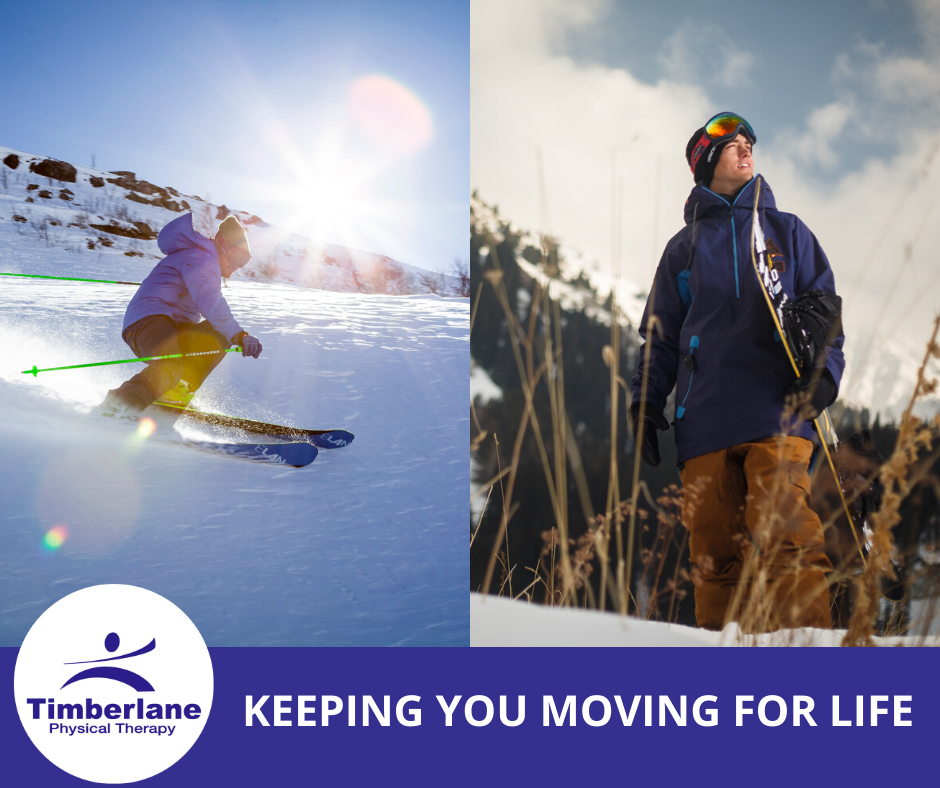
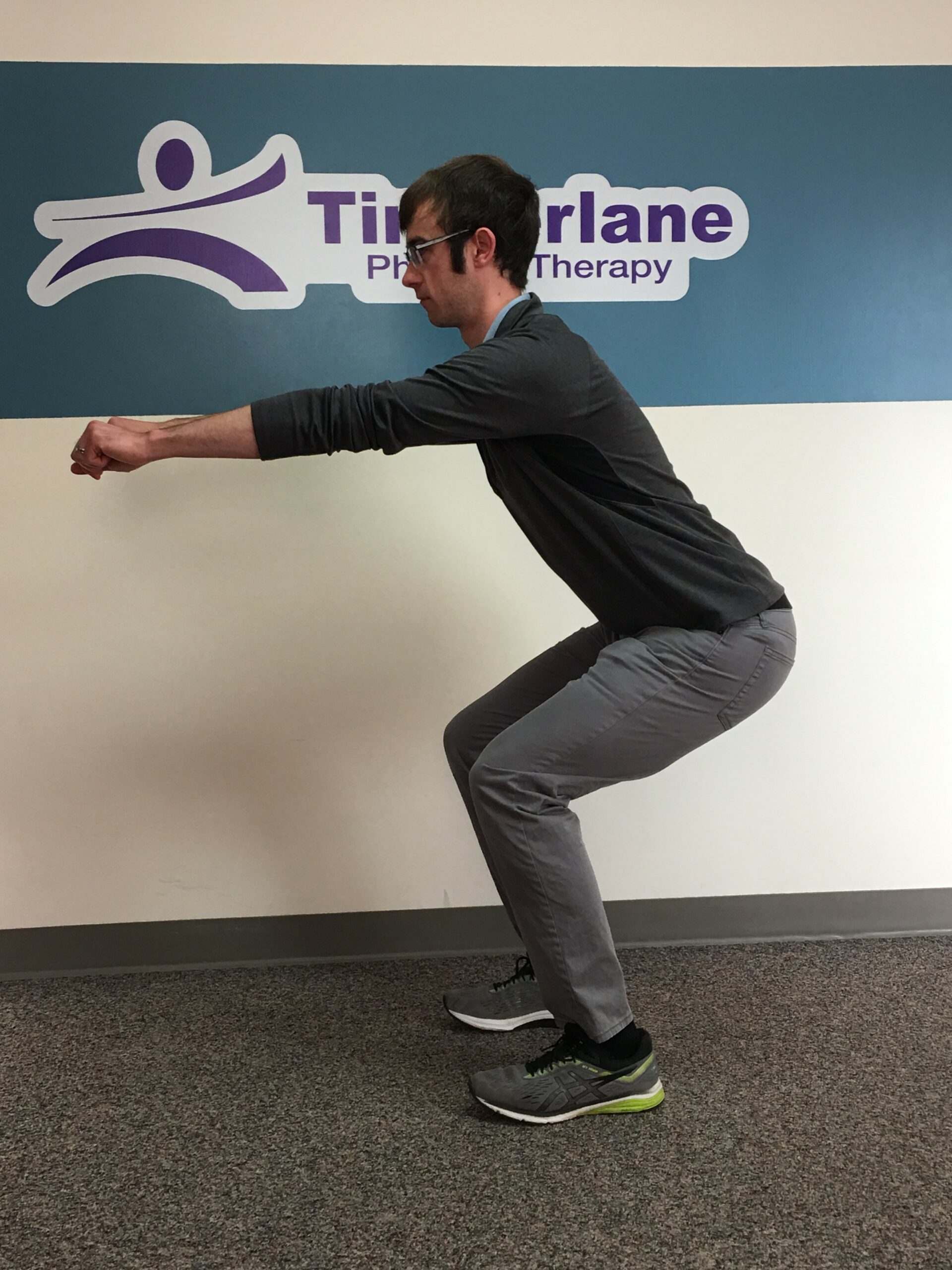
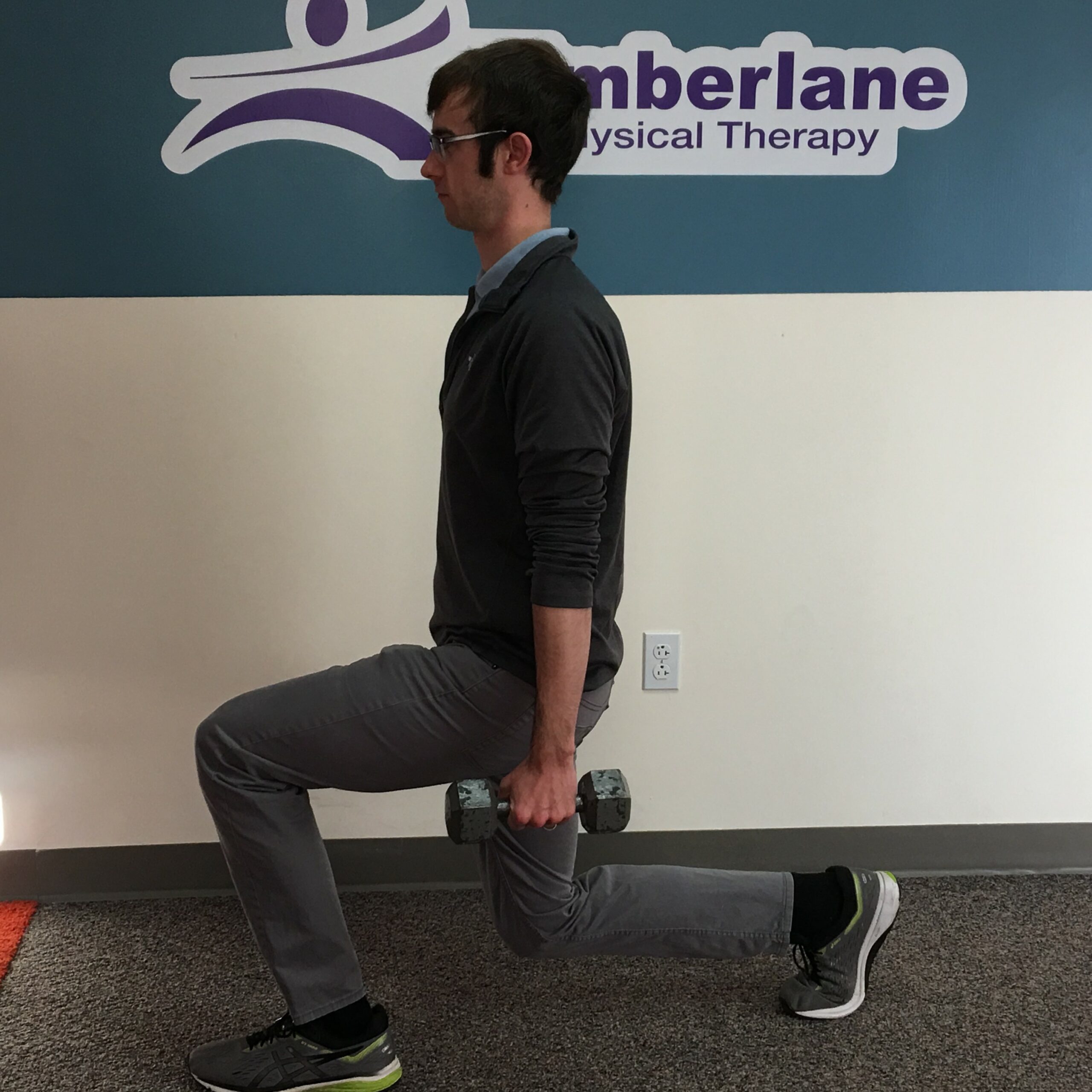
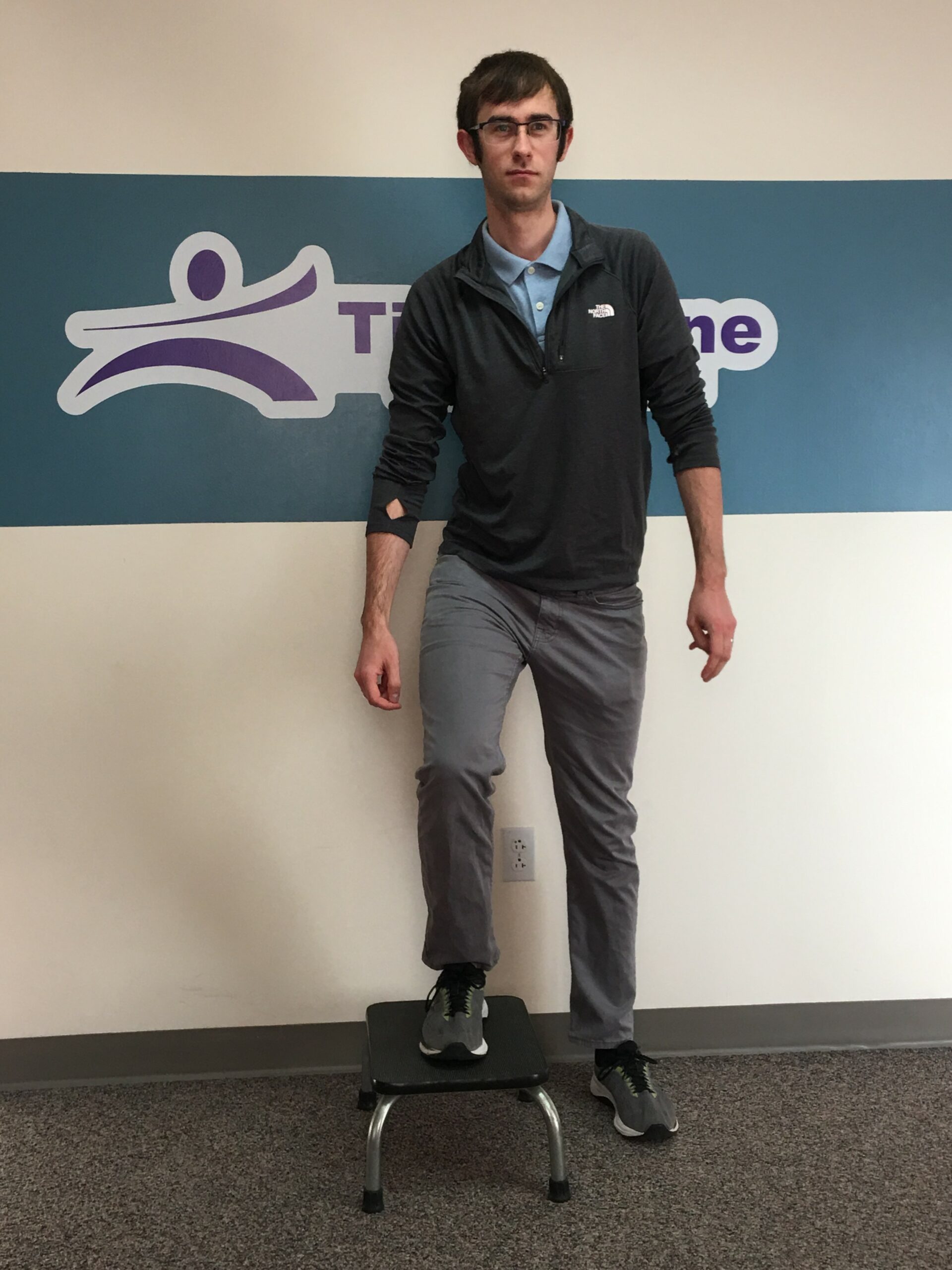
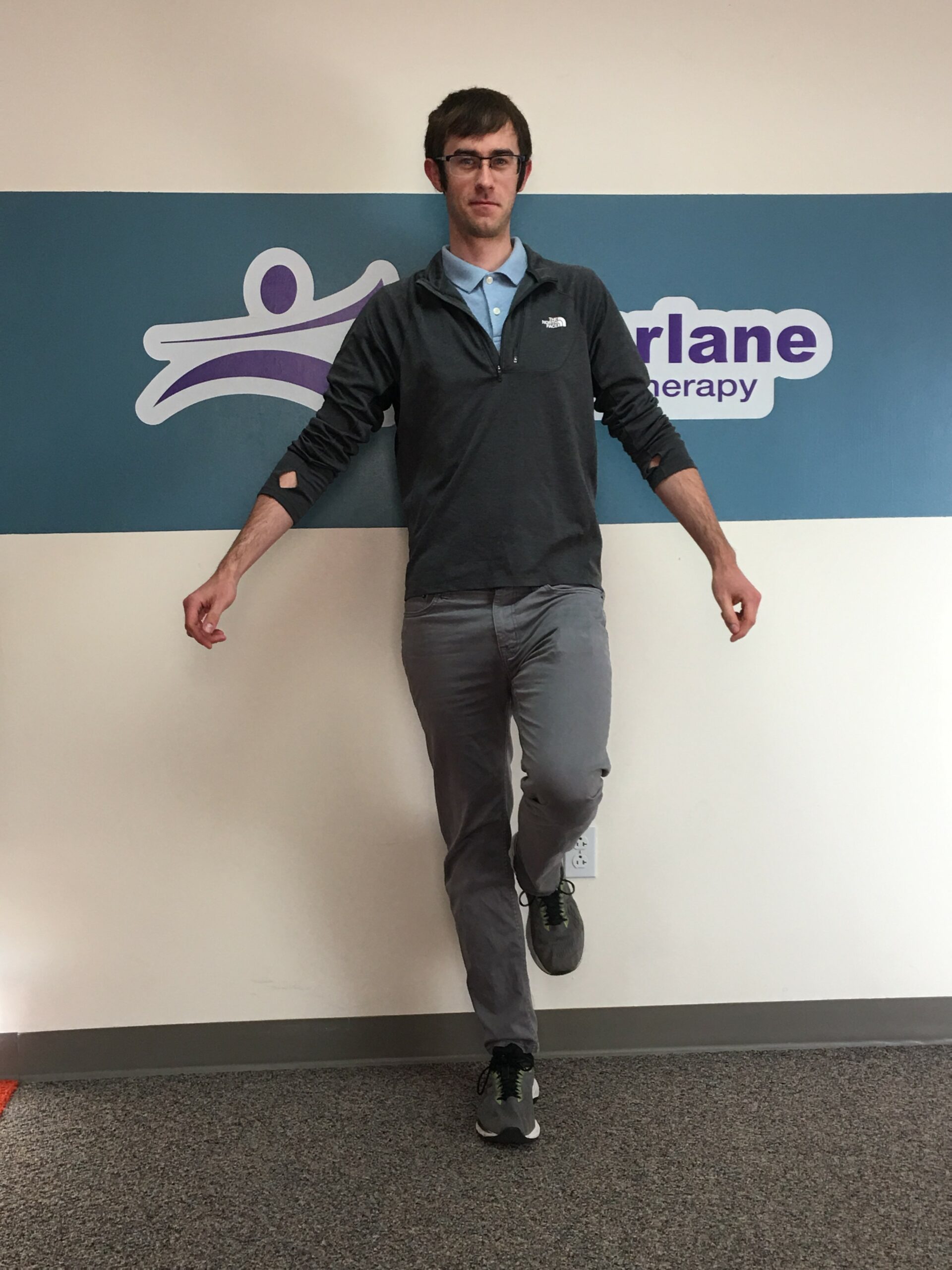
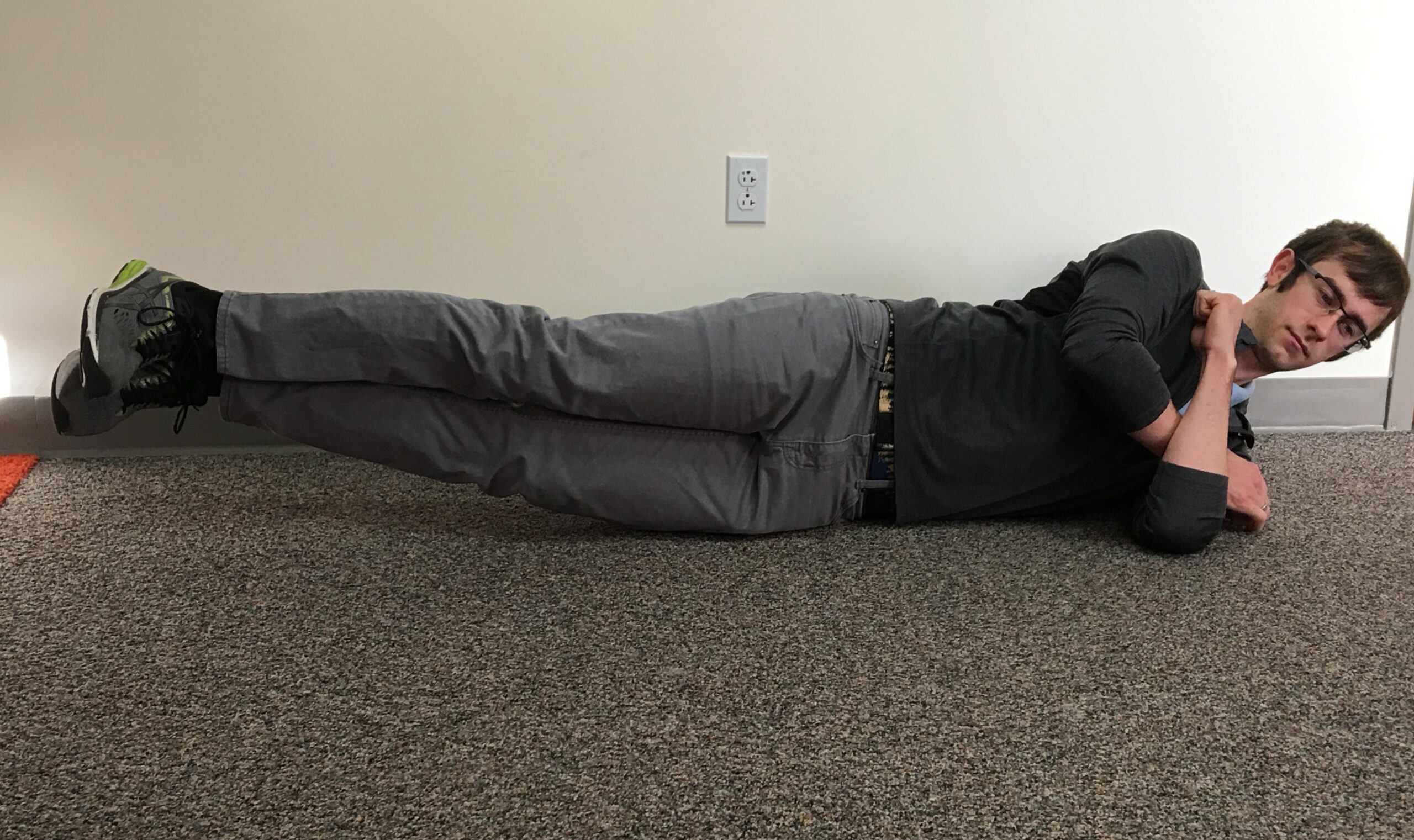
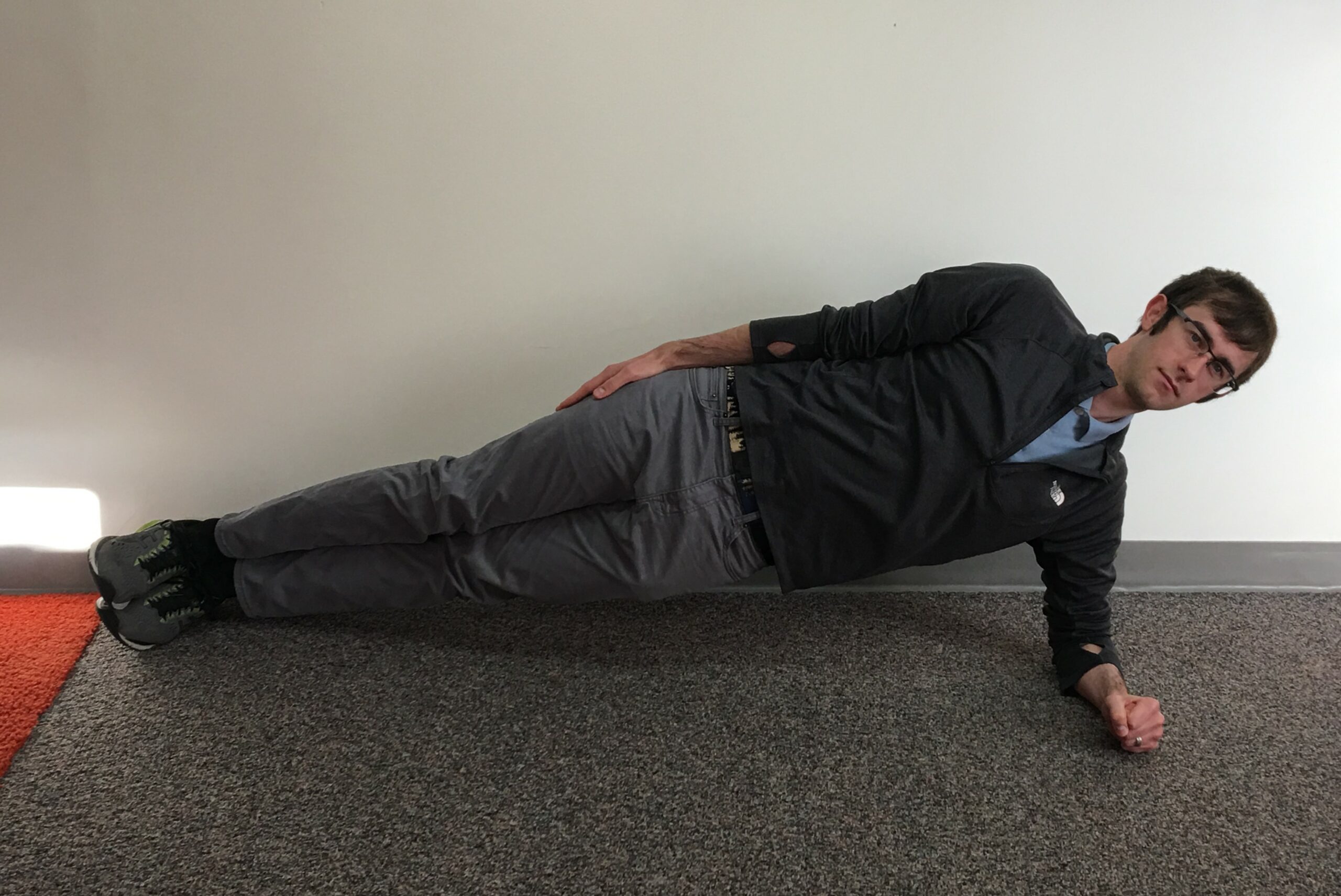
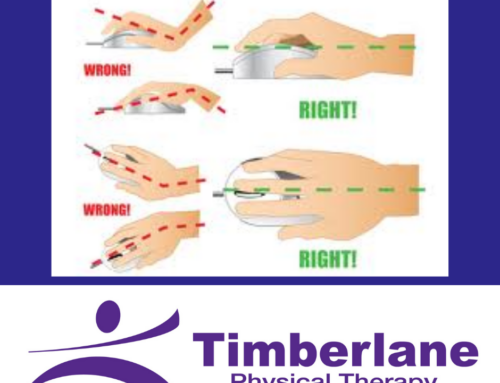
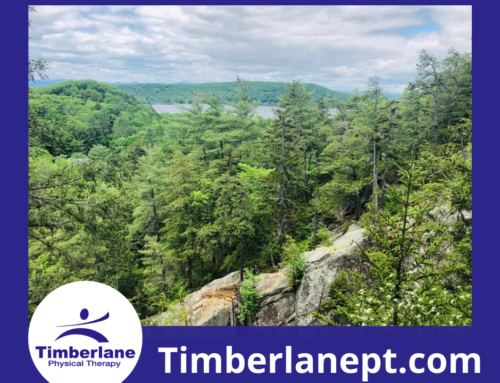


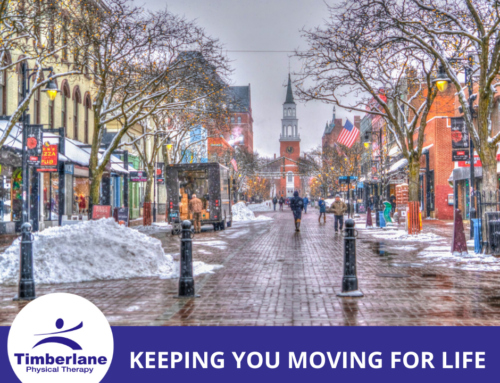
Leave A Comment